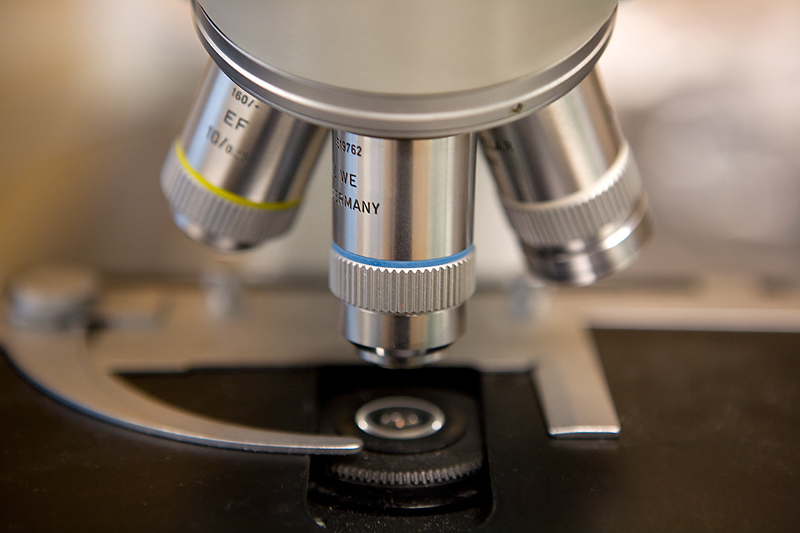MONDAY, Dec. 19, 2016 (HealthDay News) — There seems to be a genetic link between poor sleep and some medical conditions, including obesity, restless legs syndrome and schizophrenia, researchers report.
“This clinical science is an important step forwards in understanding the biological basis for these conditions, so it’s very exciting,” said study co-author Dr. Martin Rutter. He is senior lecturer in cardiometabolic medicine at the University of Manchester in England.
“Scientists have long observed a connection between sleep disorders and these conditions in epidemiological studies. But this is the first time these biological links have been identified at a molecular level,” Rutter said.
The researchers, from the University of Manchester and Massachusetts General Hospital in Boston, examined the mapped genes of more than 112,000 people in search of links between the participants’ genes and their reported sleep habits.
The investigators identified areas of the genome connected to different types of sleep problems (including insomnia and excessive daytime sleepiness), and then linked some to medical conditions, such as restless legs syndrome, schizophrenia and obesity.
According to study co-author Richa Saxena, “It’s important to remember there is no molecular targeting available for conditions which affect sleep: all we really have are sedatives. So we hope that this research will enable scientists to develop new ways to intervene on a range of conditions in a much more fundamental way.” Saxena is an assistant professor of anesthesia at Massachusetts General Hospital and Harvard Medical School.
The researchers said further study will be needed. But, in a news release from Mass General and the University of Manchester, Saxena said, “We believe this knowledge amounts to a key advance in our understanding of the biology behind sleep — a major influence on our health and behavior.”
The study was published Dec. 19 in the journal Nature Genetics.
More information
To learn how much sleep you need, visit the U.S. Centers for Disease Control and Prevention.
Copyright © 2025 HealthDay. All rights reserved.

